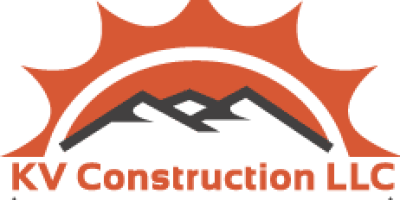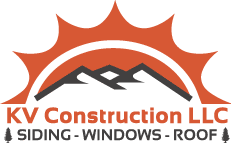Mold growth in crawlspaces and basements is a concern that many homeowners face. These areas, often overlooked, can become breeding grounds for mold due to their damp and dark nature. At KV Construction LLC, we understand the importance of addressing mold issues promptly and effectively. With our expertise, we offer insights into the causes of mold in these areas and provide actionable steps homeowners can take to prevent its growth.
Understanding Mold in Crawlspaces
Crawlspaces are typically located between the floor system of a home and the earth, surrounded by the foundation. The primary cause of mold in crawlspaces is the presence of moisture and humidity. If you notice standing water in your crawlspace, it’s a clear indication of a problem. This water could be seeping in from around the foundation footings or due to a high groundwater level. Mold requires only a few components to thrive, with moisture being a primary factor and a food source like framing lumber being another.
Key Takeaways for Crawlspaces:
- Standing water is a significant concern.
- Moisture and a food source are essential for mold growth.
- Siders in Seattle WA often encounter these issues in homes with inadequate moisture control.
The Basement Mold Dilemma
Basements, especially older ones, are susceptible to mold growth. Cracks in foundation walls can allow moisture to seep in, leading to mold growth on concrete or behind drywall. Over time, foundation walls can develop cracks, increasing the likelihood of mold. Even issues like improper venting, HVAC conditions, or sump pump failures can contribute to mold growth. It’s essential to inspect your basement regularly, especially after storms or power outages that might affect sump pump functionality.
Key Insights for Basements:
- Older homes are more prone to foundation cracks.
- Improper venting and HVAC conditions can lead to mold.
- Siding install in Seattle homes can also play a role in moisture control.
Proactive Measures for Mold Prevention
To ensure your home remains mold-free, consider the following steps:
- Foundation Inspection: Regularly check all visible foundation walls for cracks or fissures that might allow water entry.
- Gutter Maintenance: Ensure your downspouts and gutters function correctly. Downspouts should direct water away from your foundation, ideally at least 6 feet away.
- Ventilation: Ensure proper ventilation in your crawlspace. Adequate ventilation is crucial in preventing mold growth.
- Insulation: In unconditioned crawlspaces, insulate the floor system between joists.
- Vapor Barrier Check: Ensure there are no tears or voids in your vapor barrier. It should cover the entire space and extend up the foundation wall by at least 12 inches.
- Inspect HVAC and Plumbing: Check for leaks, especially around joints and seams. Warm air from HVAC leaks can promote humidity and condensation.
- Dryer Venting: Ensure your dryer vents outside and not into your home. All connection points should be taped.
At KV Construction LLC, we are committed to helping homeowners address and prevent mold issues in their homes. As trusted siding contractors in Seattle, we bring our expertise to every project, ensuring homes remain safe and mold-free. If you’ve observed any signs of mold or simply seek professional advice, don’t hesitate to reach out to us. Your home’s health is our priority.


